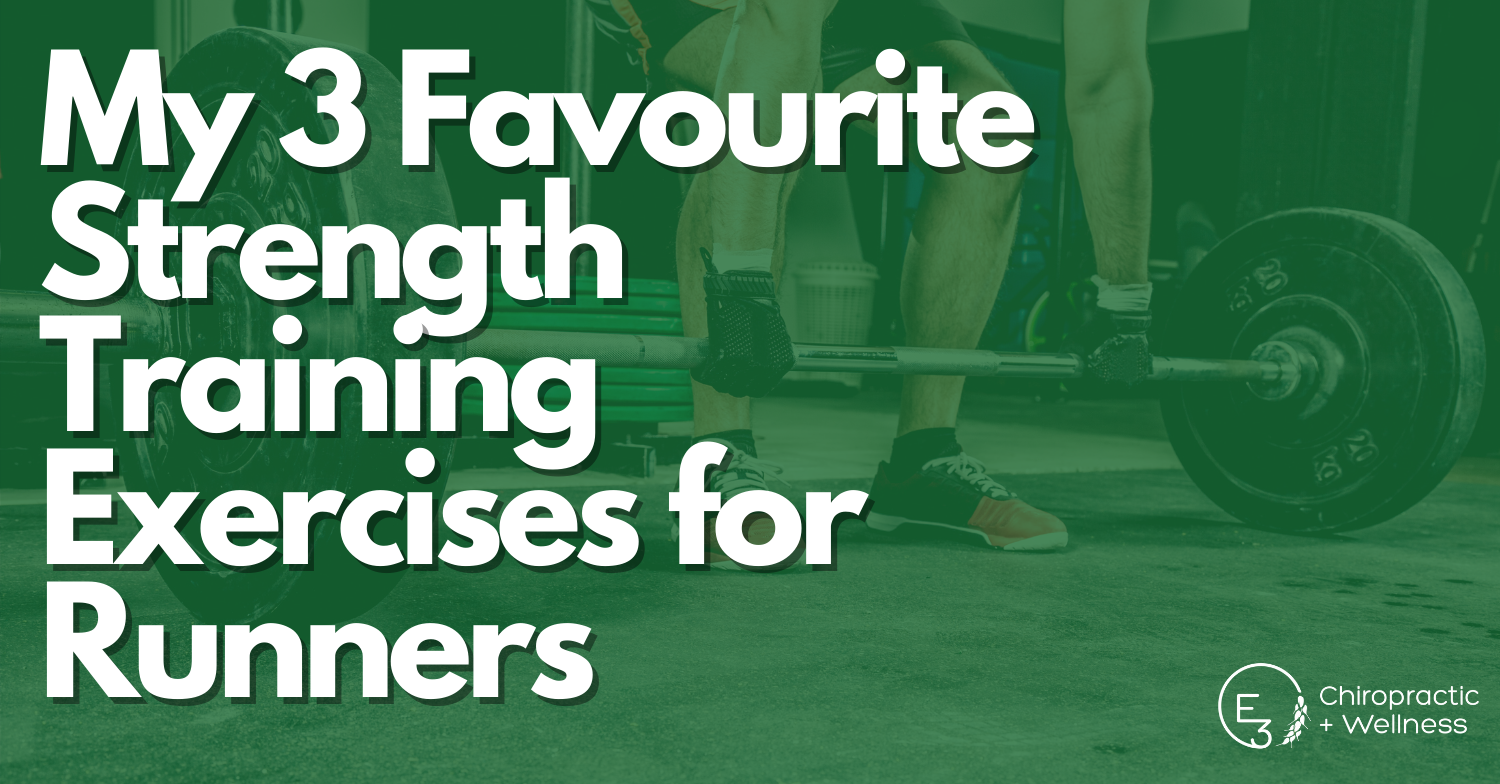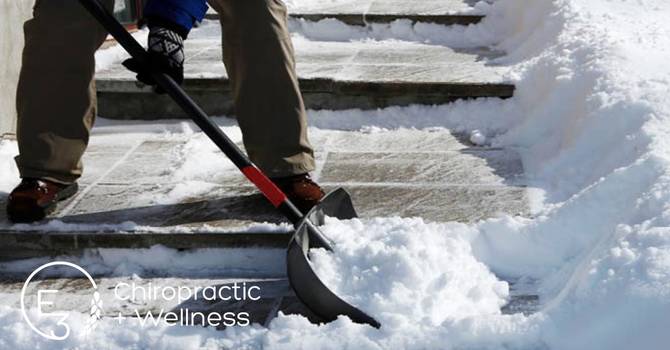
For many years, it seemed that distance running and strength training were two entities that would never work well together. IThe argument was that strength training would not work well for runners because it would add too much weight, make you too heavy and less efficient for distance running.
The above argument is partially valid. For distance running, excess weight requires more effort to move for long distances.
However, strength training is of vital importance to prolong the health of distance runners. Looking into the training programs of some of the best marathon runners globally, they are beginning to spend more time in the gym lifting weights and less time on the pavement.
What type of exercises would be best for a distance runner to perform?
After reading this short blog, you will understand why distance runners need to perform strength training exercises and how to perform THREE of my favourite exercises to keep you on the roads running, injury-free.
Why Should Runners Strength Train?
Strength training is crucial for runners! Here are my three main reasons WHY runners should strength train.
1. Making tendons and muscles more resistant to injury.
Running puts A LOT of force through the tendons and muscles of your lower body. The best and most efficient way to prevent those structures from becoming injured is by ensuring that they can handle that load without failing. The best way to reduce the injury to these structures is through strength training!
2. Ensuring all muscles are strong enough to perform proper gait.
As I mentioned above, humans are the only species on the planet that can efficiently run on two feet. Running is a highly complex motion that requires the synergistic use of HUNDREDS of muscles. To ensure that gait is performed correctly, building and maintaining adequate muscle strength in the feet, lower leg, thigh and hip is critical!
3. Increasing stride length. (You guys are going to be mad at me, we’re some math.)
By increasing the strength to weight ratio, each step while running would propel us further, increasing our stride length.
A 26.2 mile marathon is 1,661,235.84 inches. The average stride length is 27.5 inches, which means it would take approximately 60,408 strides to complete this marathon.
If you increase your stride length to 30 inches, you will cover 28.6 miles with the same number of strides, or you could complete a 26.2-mile marathon in 55,374 strides instead of 60,408.
To clarify, this does not mean that you are reaching with your lead leg with each stride. Because you are becoming stronger, when your foot contacts the ground, you generate more force, propelling you further forward with each stride.
“Regularly running long distances is stressful on the body and, to avoid injury, you have to be strong, coordinated and well informed” - Tom Michaud.
3 Favourite Strength Training Exercises for Runners
1. Concentric Only, Trap Bar Deadlift.
Be ready to make a lot of noise in the gym! This is a bang and clang exercise, but with a purpose.
This is an excellent exercise for runners for two reasons:
1. The Nike performance institute performed an independent study with their athletes. The ONLY exercise they could give to their athletes directly correlated to improved performance was a concentric-only trap bar deadlift. If you increase the ratio of the weight you lift with this exercise to your body weight, you will increase your stride length and improve your performance.
2. It is concentric only! Concentric only means that after you lift the weight, you drop it and let it fall to the ground. Performing an exercise like this is beneficial for distance runners because adding excess weight should be avoided. By avoiding the eccentric phase of this exercise (controlling the bar down to the ground), you decrease the chance to hypertrophy the muscle (making the muscle larger) and adding more weight. Instead, you focus on creating stronger contractions with the current amount of muscle fibres that your body has. This will add MINIMAL weight to the athletes performing this exercise.
2. Calf Raises
This may seem all too straightforward, but calf raises are critical in ensuring proper strength in the lower leg while running.
While we run, we are essentially jumping from side to side repeatedly for a period of time. Our Achilles tendon attaches to two very prominent muscles in our calf; the soleus and the gastrocnemius. The complex of the soleus, gastrocnemius and the Achilles tendon is crucial, and injury to the Achilles tendon is one of the most common injuries for a runner!
To ensure that the Achilles tendon can handle the stress that running puts on it, we need to strengthen the tendon. We strengthen the tendon by strengthening the muscles.\
Nordic Hamstring Curls
This is a challenging but crucial exercise for runners!
When we run, we strike the ground with a slightly bent knee. Every time our foot contacts the ground, our hamstrings are performing an ECCENTRIC contraction. This means that they are being stretched while simultaneously trying to resist that stretch. Wonky right?
This weird movement is precisely why hamstring injuries are so common in runners. The eccentric contraction put on the hamstring during gait can carry a high potential for injury.
A nordic hamstring curl is a fantastic way to combat this because it loads the hamstring eccentrically, exactly how it is used while running. This exercise works so well with runners because it is very sport-specific and works on the exact function of the hamstring while running.
Now What?
If you are looking to increase your running performance, and decrease your risk of injuries, incorporate these three exercises into your workouts!
If you are currently experiencing pain with running, don’t run through the pain! Get your injury assessed! E3 Chiropractic + Wellness provides the care you deserve and the tools you need to ensure that those nagging injuries don’t keep you from enjoying the sport you love!
If you are a runner who is currently experiencing pain or an injury, click HERE to book an appointment today!





